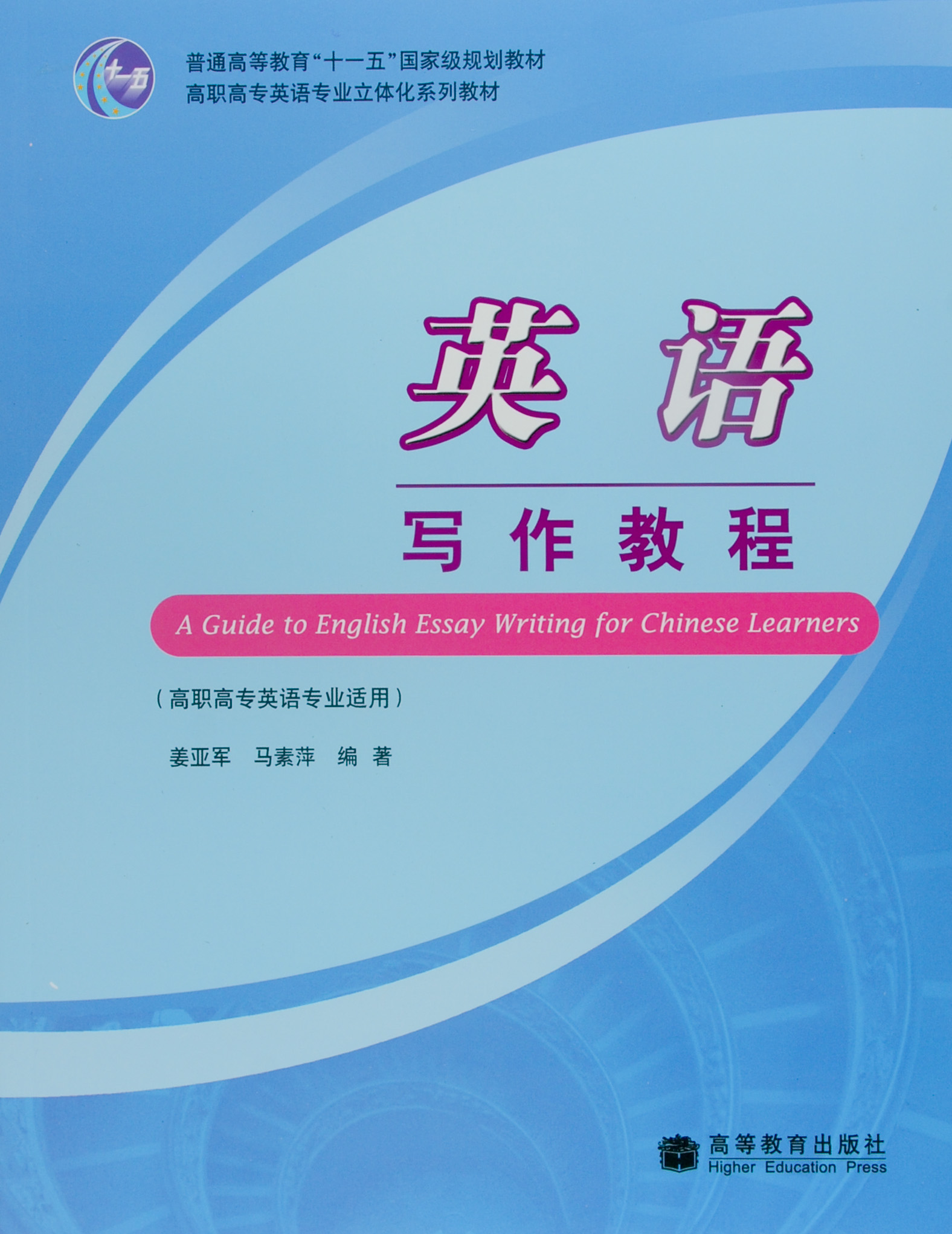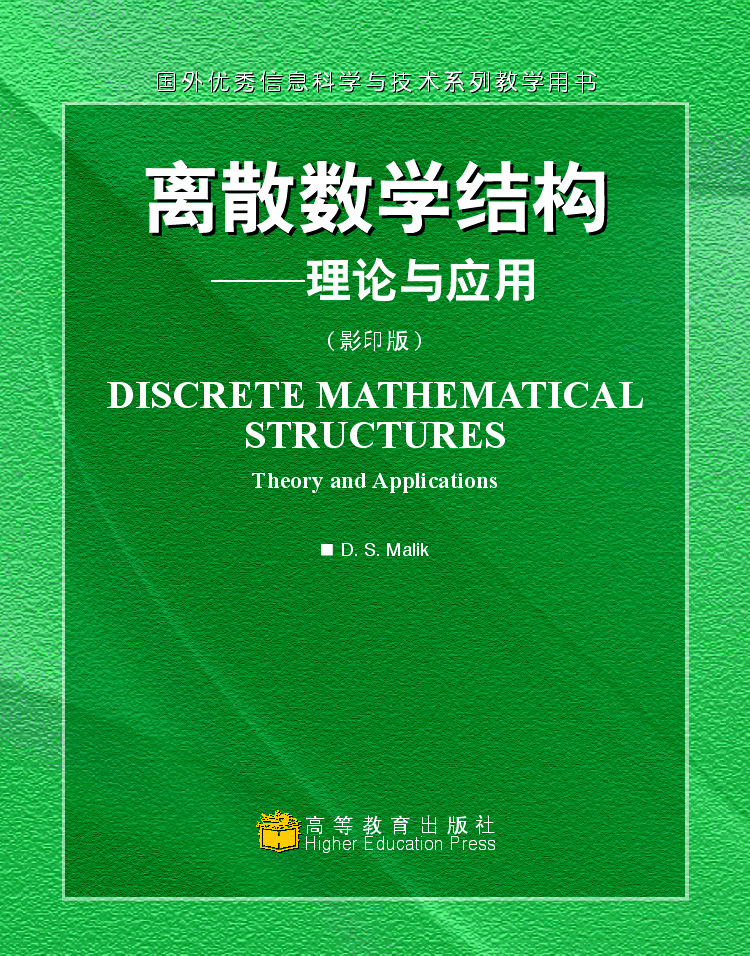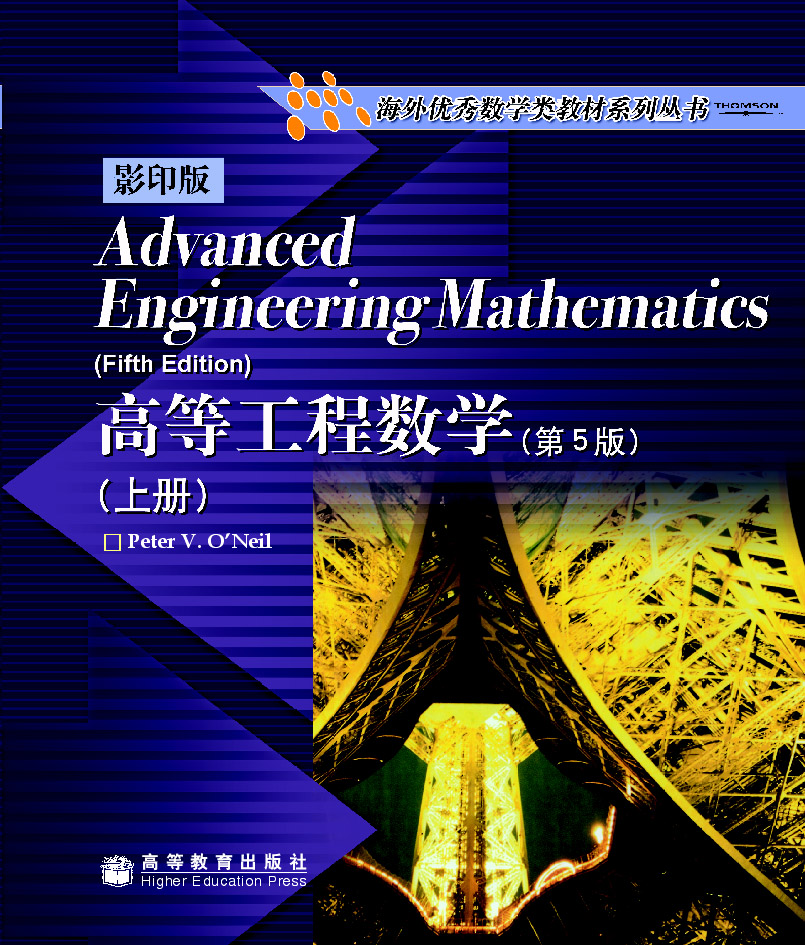物理学家用的张量和群论导论
¥49.00定价
作者: [美]杰夫基
出版时间:2014-03
出版社:世界图书出版公司
- 世界图书出版公司
- 9787510070266
- 116024
- 2014-03
- O183.2
内容简介
This book is composed of two parts: Part I (Chaps. I through 3) is an introduction to tensors and their physical applications, and Part II (Chaps. 4 through 6) introduces group theory and intertwines it with the earlier material. Both parts are written at the advanced-undergraduate/beginning graduate level, although in the course of' Part II the sophistication level rises somewhat. Though the two parts differ somewhat in flavor,l have aimed in both to fill a (perceived) gap in the literaiure by connecting
the component formalisms prevalent in physics calculations to the abstract but more conceptual formulations found in the math literature. My firm beliefis that we need to see tensors and groups in coordinates to get a sense of how they work, but also need an abstract formulation to understand their essential nature and organize our thinking about them.
the component formalisms prevalent in physics calculations to the abstract but more conceptual formulations found in the math literature. My firm beliefis that we need to see tensors and groups in coordinates to get a sense of how they work, but also need an abstract formulation to understand their essential nature and organize our thinking about them.
目录
Part Ⅰ Linear Algebra and Tensors
1 A Quick Introduction to Tensors
2 Vector Spaces
2.1 Definition and Examples
2.2 Span, Linear Independence, and Bases
2.3 Components
2.4 Linear Operators
2.5 Dual Spaces
2.6 Non-degenerate Hermitian Forms
2.7 Non-degenerate Hermitian Forms and Dual Spaces
2.8 Problems
3 Tensors
3.1 Definition and Examples
3.2 Change of Basis
3.3 Active and Passive Transformations
3.4 The Tensor Product Definition and Properties
3.5 Tensor Products of V and V*
3.6 Applications of the Tensor Product in Classical Physics
3.7 Applications of the Tensor Product in Quantum Physics
3.8 Symmetric Tensors
3.9 Antisymmetric Tensors
3.10 Problems
Part Ⅱ Group Theory
4 Groups, Lie Groups, and Lie Algebras
4.1 Groups--Definition and Examples
4.2 The Groups of Classical and Quantum Physics
4.3 Homomorphism and Isomorphism
4.4 From Lie Groups to Lie Algebras
4.5 Lie Algebras--Definition, Properties, and Examples
4.6 The Lie Algebras of Classical and Quantum Physics
4.7 Abstract Lie Algebras
4.8 Homomorphism and Isomorphism Revisited
4.9 Problems
5 Basic Representation Theory
5.1 Representations: Definitions and Basic Examples
5.2 Further Examples
5.3 Tensor Product Representations
5.4 Symmetric and Antisymmetric Tensor Product Representations
5.5 Equivalence of Representations
5.6 Direct Sums and Irreducibility
5.7 More on Irreducibility
5.8 The Irreducible Representations of su(2), SU(2) and SO(3)
5.9 Real Representations and Complexifications
5.10 The Irreducible Representations of sl(2, C)R, SL(2, C) andS0(3, 1)o
5.11 Irreducibility and the Representations of O(3, 1) and Its Double Covers
5.12 Problems
6 The Wigner-Eckart Theorem and Other Applications
6.1 Tensor Operators, Spherical Tensors and Representation Operators
6.2 Selection Rules and the Wigner-Eckart Theorem
6.3 Gamma Matrices and Dirac Bilinears
6.4 Problems
Appendix Complexifications of Real Lie Algebras and the Tensor
Product Decomposition of sl(2, C)R Representations
A.1 Direct Sums and Complexifications of Lie Algebras
A.2 Representations of Complexified Lie Algebras and the Tensor Product Decomposition of s[(2, C)R Representations
References
Index
1 A Quick Introduction to Tensors
2 Vector Spaces
2.1 Definition and Examples
2.2 Span, Linear Independence, and Bases
2.3 Components
2.4 Linear Operators
2.5 Dual Spaces
2.6 Non-degenerate Hermitian Forms
2.7 Non-degenerate Hermitian Forms and Dual Spaces
2.8 Problems
3 Tensors
3.1 Definition and Examples
3.2 Change of Basis
3.3 Active and Passive Transformations
3.4 The Tensor Product Definition and Properties
3.5 Tensor Products of V and V*
3.6 Applications of the Tensor Product in Classical Physics
3.7 Applications of the Tensor Product in Quantum Physics
3.8 Symmetric Tensors
3.9 Antisymmetric Tensors
3.10 Problems
Part Ⅱ Group Theory
4 Groups, Lie Groups, and Lie Algebras
4.1 Groups--Definition and Examples
4.2 The Groups of Classical and Quantum Physics
4.3 Homomorphism and Isomorphism
4.4 From Lie Groups to Lie Algebras
4.5 Lie Algebras--Definition, Properties, and Examples
4.6 The Lie Algebras of Classical and Quantum Physics
4.7 Abstract Lie Algebras
4.8 Homomorphism and Isomorphism Revisited
4.9 Problems
5 Basic Representation Theory
5.1 Representations: Definitions and Basic Examples
5.2 Further Examples
5.3 Tensor Product Representations
5.4 Symmetric and Antisymmetric Tensor Product Representations
5.5 Equivalence of Representations
5.6 Direct Sums and Irreducibility
5.7 More on Irreducibility
5.8 The Irreducible Representations of su(2), SU(2) and SO(3)
5.9 Real Representations and Complexifications
5.10 The Irreducible Representations of sl(2, C)R, SL(2, C) andS0(3, 1)o
5.11 Irreducibility and the Representations of O(3, 1) and Its Double Covers
5.12 Problems
6 The Wigner-Eckart Theorem and Other Applications
6.1 Tensor Operators, Spherical Tensors and Representation Operators
6.2 Selection Rules and the Wigner-Eckart Theorem
6.3 Gamma Matrices and Dirac Bilinears
6.4 Problems
Appendix Complexifications of Real Lie Algebras and the Tensor
Product Decomposition of sl(2, C)R Representations
A.1 Direct Sums and Complexifications of Lie Algebras
A.2 Representations of Complexified Lie Algebras and the Tensor Product Decomposition of s[(2, C)R Representations
References
Index





